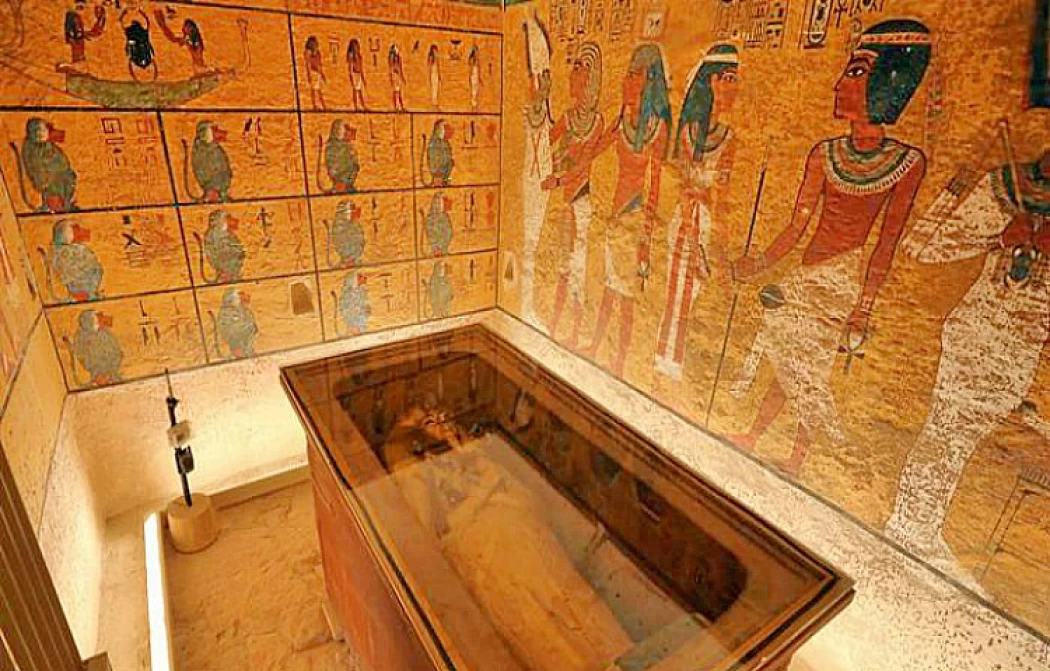
Tutankhamun's Tomb: Treasures of the Young Pharaoh
Facts about Tutankhamun's Tomb
The ancient Egyptians still have no answer to who Amun was, and the discovery of his tomb is the most important reason for his notoriety. Most historians and Egyptologists are convinced that Tutankhamun is the son of King Akhenaten, with a strong dispute regarding the identity of his mother, either 'the little lady' whose name is still unknown or Queen Ti. However, many of them believe that Akhenaten and Kiya were the parents of Tutankhamun.
The duration of his rule did not go past 10 years. However, Egyptologists think that he achieved a lot within that short time most importantly restoration of Karnak temple columns and statues, erecting sanctuaries for royal barques, and building the Palace of the Years on the West Bank, which still remains a mystery till today as its site is yet to be discovered.
The story goes: The little boy stood with his donkey on which he was transporting water from the Nile River to his family from the sons of Abdul Rasul who work in the excavations in the Valley of the Kings in Luxor early last century, after he discovered that water was falling from the jars he was carrying, so he decided to re-tie them, and when he put one of the jars on the ground, it hit something solid, so he uncovered it with his small axe, which turned out to be a ladder step.
The boy quickly told Howard Carter, a British man who was about to give up hope after searching for King Tut's tomb for five years and who had warned Lord George Carnarvon that he would withdraw funding for his mission, everything he had seen.
Carter quickly moved in the direction of the stairway where they found 16 steps leading down into the graveyard. Everybody remembers the statement, “This is the day of all days,” of Howard Carter made on 4 November 1922 when he looked through a glazed opening that overlooked the inside part of the cemetery.
Carter and his team made history with one of the biggest discoveries of all time, working their way into the tomb through untouched and unprecedented amounts of gold treasure for a king in the world.
King Tut was lying inside four gilded funerary coffins, and he was wearing a golden death mask on his face, the mask, which weighs ten kilograms, depicts the king as a god holding a stick and a pitchfork and was polished from gold, lapis lazuli and precious stones in an amazing way in terms of the accuracy of the design and its splendor, even to think that whoever polished it in this way used modern machines and not the hands of Egyptians three thousand years ago or more.















